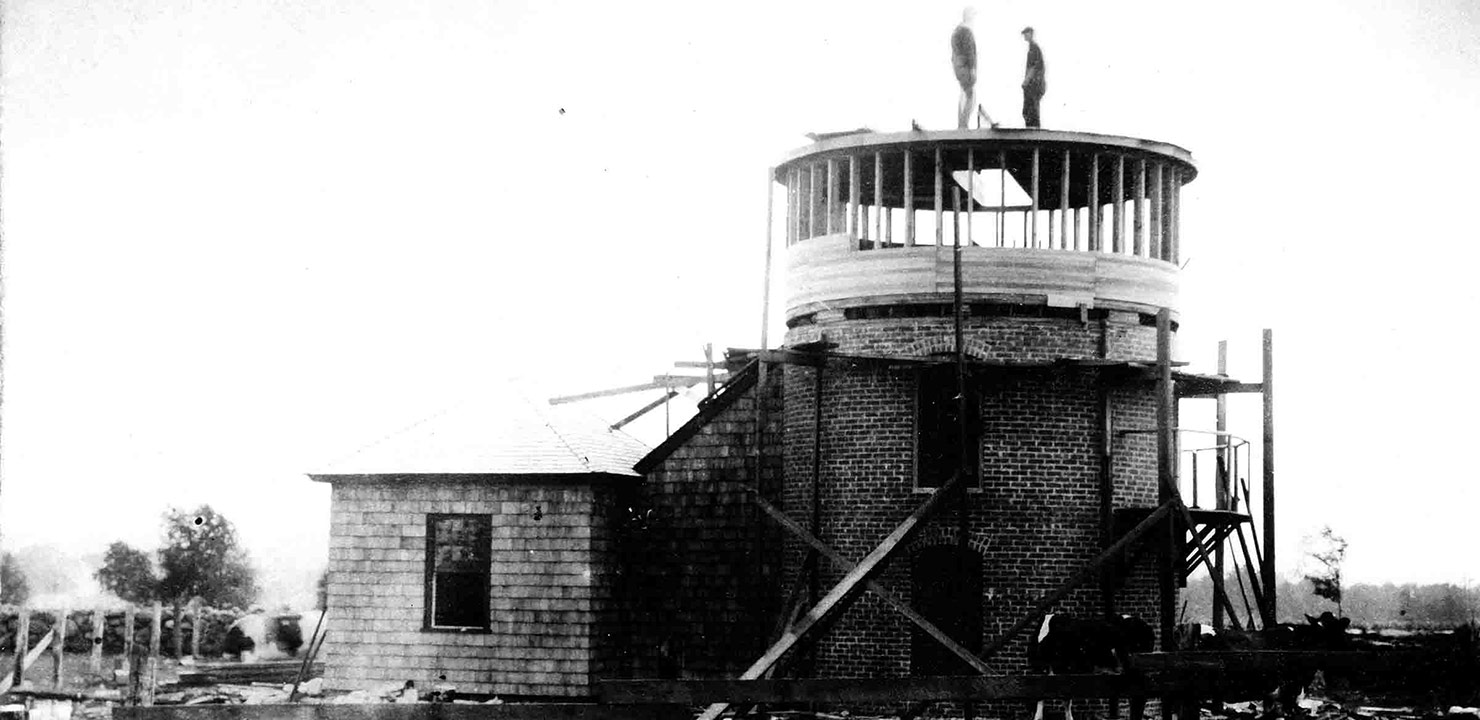
Seagrave Memorial Observatory Centennial (1914-2014)
September 2014 :
Skyscrapers, Inc., the Amateur Astronomical Society of Rhode Island, is proud to announce the celebration of the 100th anniversary of Seagrave Memorial Observatory on Peeptoad Road in North Scituate during our annual AstroAssembly 2014 convention (September 26-27). The former observatory of Frank Evans Seagrave (1860–1934), a famous Providence astronomer, has been under the stewardship of the Society since it was purchased in 1936.
The Back Story
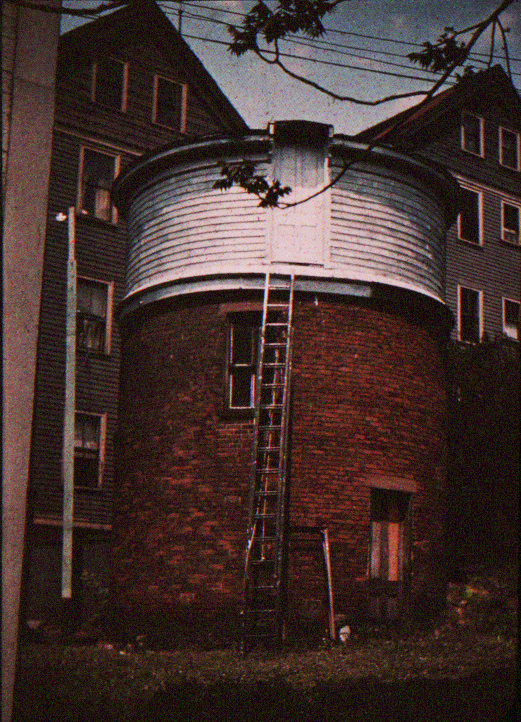
In 1876 Seagrave’s father ordered an 8-inch (clear aperture) Alvan Clark refractor for his son’s 16th birthday present. Two years later the telescope was delivered and an observatory was built in the backyard of the family residence at 119 Benefit Street in Providence, Rhode Island. This great instrument was then the 3rd largest in New England, and was the largest in New England in private hands. The telescope was mounted in May 1878. Present at the dedication ceremony was none other than Alvan G. Clark, the famous telescope maker. Also present was Leonard Waldo, Assistant Director of Harvard College Observatory under E.C. Pickering, who thought the “complement of accessories attending the telescope could occupy the time of two competent observers.1”
For many years Seagrave conducted serious scientific observations from his magnificent facility, including measurements of Saturn’s ring system, comets, asteroids, novae, and variable and double stars. (In fact, Seagrave was awarded an honorary degree from Brown University on June 22, 1911, for his orbital calculations of Halley’s comet in 1910.2)
For reasons currently unknown, Seagrave sent the following letter3 to Professor E.C. Pickering of Harvard College Observatory on October 19, 1903:
Dear Sir, Do you know of anybody that would like to buy an 8-inch equatorial telescope? I would like to sell mine if I could get a reasonable price for it. I thought that I would write to you before placing it in A Clark & Sons hands to sell. The telescope has clock work, micrometer, two sets of eyepieces, etc. Yours etc, F.E. Seagrave
On November 2, 1903, Professor Pickering responded:4
Dear Mr. Seagrave, I regret that I know of no one who wants an 8-inch telescope, and can think of no better course to follow than to communicate with the Clarks, unless possibly to advertise in Popular Astronomy. Very sincerely yours, E.C. Pickering
This situation provides a nexus in the Seagrave timeline. What would have happened if Seagrave had been successful in selling his telescope? While Charles Smiley would have most certainly still founded Skyscrapers in 1932, the timeline we trace back today would have been dramatically altered without Seagrave’s Observatory as the Society’s focal point.
A few years later, the installation of street lamps began to affect Seagrave’s observations. A very comprehensive article in the Providence Sunday Journal on October 10, 1909, featured a glimpse into the deteriorating observing conditions from his Benefit Street observatory. “Near the observatory, close to Bowen Street, are three large wooden structures which look exactly like the billboards which occasionally ornament vacant lots. These also have come in for their share of comment. One man stopped and looked at them earnestly. Then he said to a companion, ‘This ain’t no sort of place for them big billboards; no one ever comes down this street to look at ‘em!’
These billboards are screens placed by Mr. Seagrave to keep the light of the street lamps from shining in the observatory and interfering with his observations of the heavenly bodies. It is, he says, at the best of times not good ‘seeing’ in Providence, nor anywhere along the Atlantic coast.”
Another reference noted that the coal dust hung over the city of Providence like a pall, also affecting the local seeing conditions. However, it wasn’t until February 1914 that Seagrave put his instruments into storage, and a month later began to look for a piece of property to relocate.
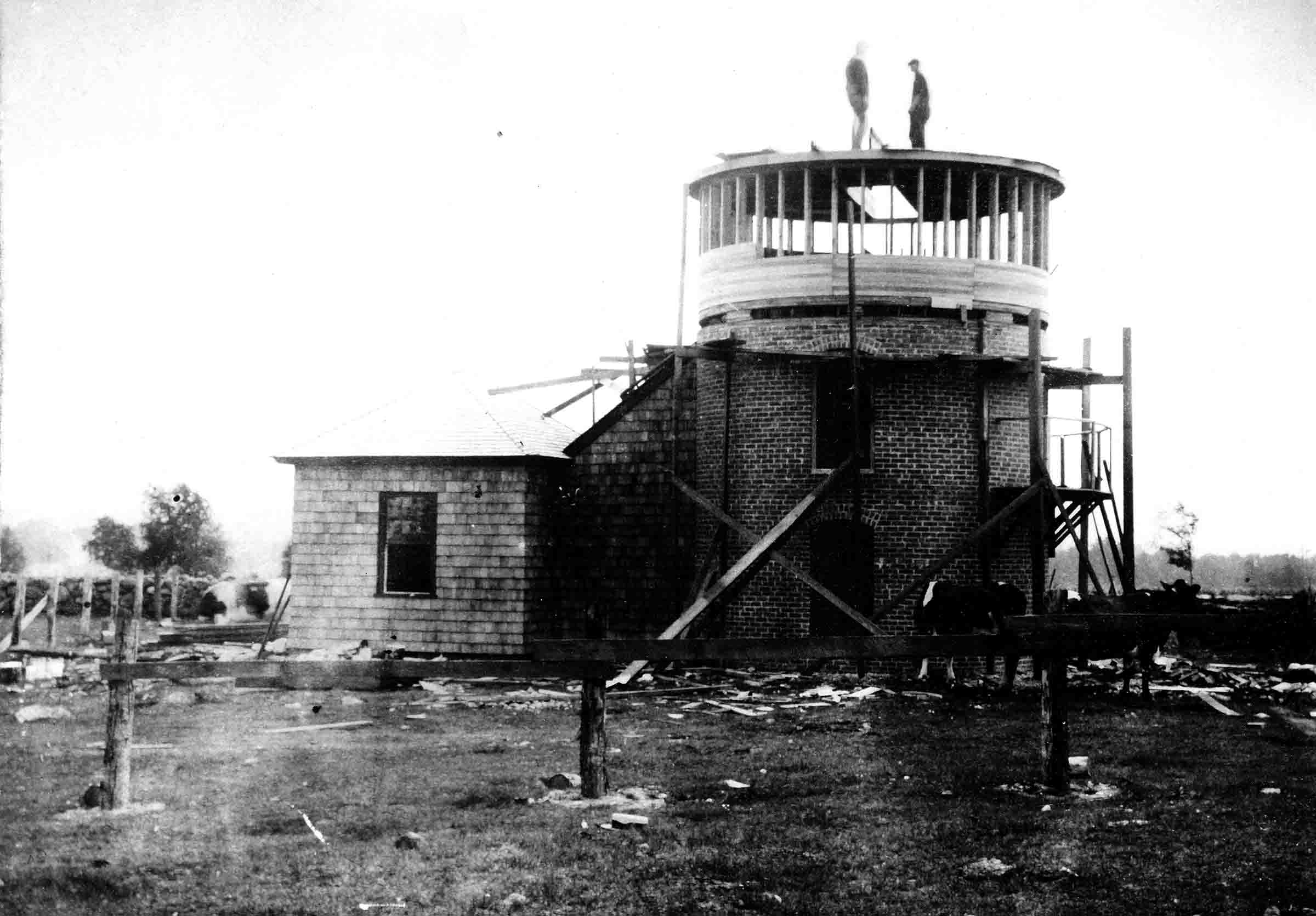
Seagrave found some land on what is now Peeptoad Road in North Scituate, where he constructed a new observatory and moved his 8-inch Clark refractor there in October 1914. A Providence Journal article on October 12, titled, “Seagrave Observatory is Nearly Complete: Telescopes Now Being Adjusted at North Scituate Building,” provided an update on the work of setting up the telescope.
“Frank E. Seagrave has practically completed his astronomical observatory at North Scituate. The building has been finished for some time and his telescopes, which have been moved from his former observatory on Benefit Street, are mounted upon their cement foundations.
The adjustment of the two telescopes, one of 8½ and the other 3-inch diameter, has been in process since the first of the month. This delicate task is now finished, except the adjustment of the instruments to altitude and azimuth.
Mr. Seagrave finds conditions at North Scituate ideal for the purpose of astronomical observation. The view is sweeping and unobstructed and there is an entire freedom from reflected light which is always a serious hindrance to accurate observation from points within the limits of cities. In this respect, the new observatory possesses great advantage over the former location on Benefit Street.”
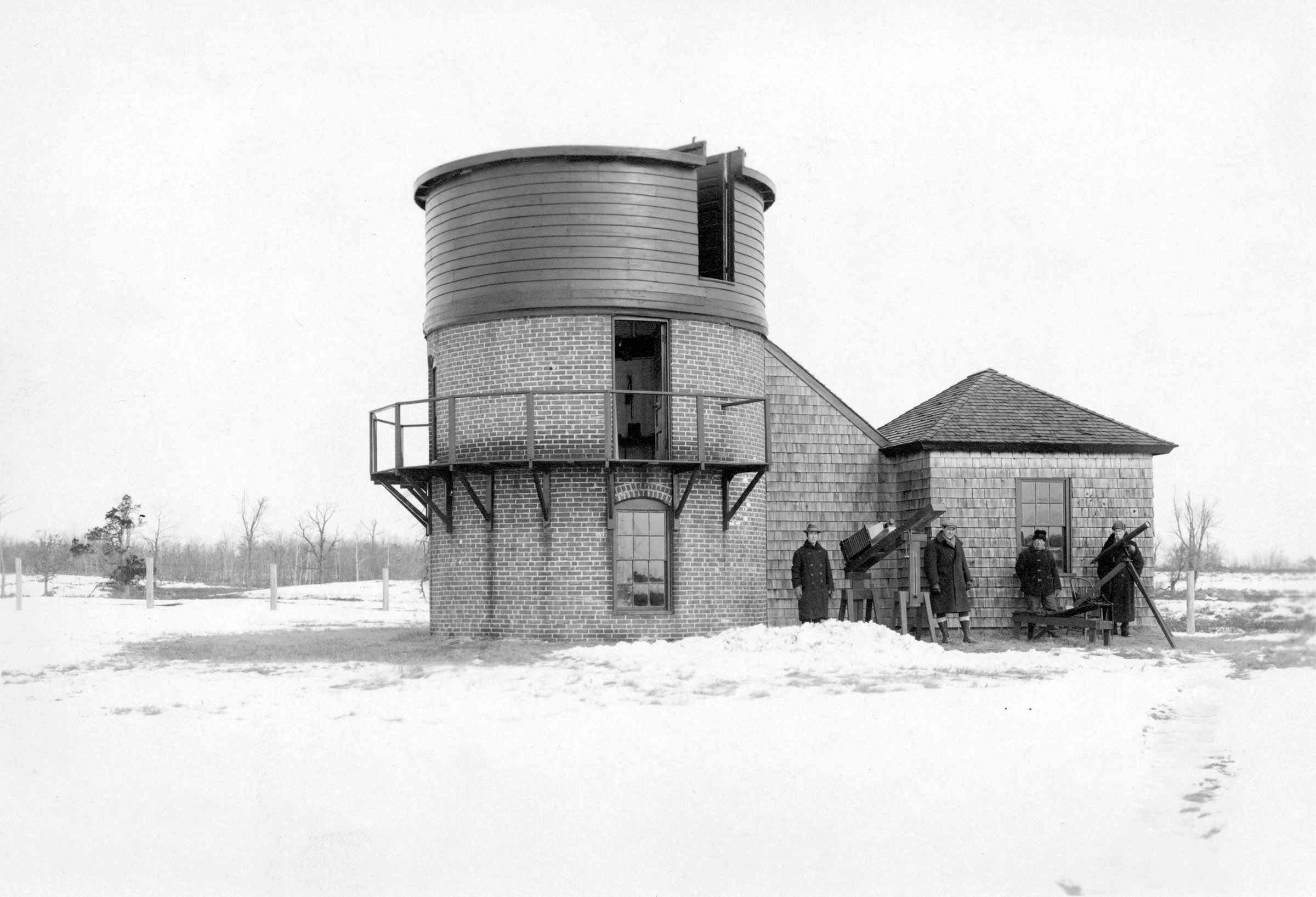
In 1925, Seagrave made a key observation of the January 24 total solar eclipse. The group observed totality for just five seconds, thereby defining a northern limit for the path of totality.5
Seagrave continued his research until his death in 1934.
Skyscrapers Acquire Observatory6
Skyscrapers, founded in 1932 by Professor Charles Smiley of Brown University, purchased the facility in 1936. After some needed repairs, Skyscrapers held their first “open night” on January 15, 1937. This tradition continues to the present day, with the facilities open every clear Saturday night for public viewing.
Throughout the decades Skyscrapers continued to maintain Frank Seagrave’s beloved observatory. However, in the middle to late 1960s the observatory fell into a state of disrepair and major upkeep was lacking. Fortunately a new generation of young astronomy enthusiasts sparked the revival of Skyscrapers, which in turn helped to initiate the resurrection of the observatory. The younger members had the energy and desire to make the necessary repairs to keep the observatory and Clark refractor in decent working order.
In 1976 it was necessary to completely renovate the dome. Though the deteriorating exterior plywood was removed, the underlying wooden supports that formed the cylindrical structure were sound. Sheets of corrugated fiberglass, a much lighter choice of material than any wood product that could have been used, were fastened to the support structure.
In addition, the Society needed to solve a recurring problem. The observatory rotated on seven 5½-inch Civil War vintage cannon balls. These ball bearings, contained by conduit bent around them, were sandwiched between two well-greased curved cast iron tracks. The problem was that the wood beneath the bottom track was rotting away. This fact caused a cannon ball to bind when it encountered a lip at the joint where two sections of track met. The operator could not deliver enough torque to the wheel that turned the dome to get the ball up and over the “bump.” The result: the dome jammed. Whenever that happened you were finished observing for the evening.
Furthermore, a more serious and rare side effect could also occur. Just before jamming, a cannon ball could pop out of its conduit. If you heard it hit the floor you were okay. It is reported that this incident had only happened once. As far as is known, no member or guest was ever injured due to this freak scenario. Imagine trying to explain that to your insurance company!
The solution came to member and engineer Steve Siok, who was inspired by the 21st Olympiad (1976 Summer Olympics) held in Montreal. He was watching a track and field event when the idea came to him. The dome’s cannon balls could be replaced by 15, 16-pound shot puts, each within a ball cage and spaced equidistantly on the track. This dome work was carried out and completed during the summer of 1976.
While most, if not all, earlier repairs or renovations were made at Seagrave Memorial Observatory by Skyscrapers members under the direction of the board of Trustees, a contractor was hired in 1980 to replace the observatory roof and slit. And several times in the 1980s the observatory deck was replaced.
In November 1991 Skyscrapers acquired a grant to make major renovations to the observatory building. A second grant was awarded in November 1993, since there was still work to be done to the brick structure of the observatory. (The mortar was falling out and could be removed by using one’s fingers.) To prepare for the major re-pointing necessary to guarantee the structural integrity of the building, the entire brick structure was sandblasted and power-washed inside and out. (Interestingly, the silo-shaped structure is composed of two concentric brick walls). A number of the original window openings were bricked over for security, and re-pointing proceeded. The final step involved coating the bricks with a sealant.
A portion of a final grant in November 1999 was used for further repairs to the dome. The observatory floor and deck were replaced, and repairs were made to the observatory dome roof and observing slit once again.
As Skyscrapers headed into the new millennium, the major renovations had all been completed. The observatory building looked and operated as it must have back in 1914 upon completion of its construction.
However, there was still more work to be accomplished to return Seagrave’s observatory to its original condition. That task involved the reconstruction of the clock drive and the restoration of the Clark telescope.
The original flyball governor, an integral component of the weight-driven clock drive, was destroyed by vandals in October 1974. Beginning in 2003, Skyscrapers member Al Hall, armed with only a few remaining parts for scale, some 1960s vintage photos, and a lot of research, designed a replica of the governor using CAD software. The parts were then fabricated and assembled. Additional photos, which were discovered much later during the project, revealed how the weight drive was installed. After testing and minor modifications, the completed drive was re-dedicated on July 11, 2009.
Soon thereafter permission was granted from the Trustees to undertake a complete restoration of the Clark refractor itself. Under the direction of Al Hall and Dick Parker, with the help of about a dozen Skyscrapers members, the telescope was completely disassembled and each part carefully cataloged, measured and meticulously cleaned. The brass was lacquered to prevent oxidation and the metal tube was painted brick red. During September 2010 the telescope was reassembled. The restored telescope and accompanying replicated flyball governor and weight-driven clock drive were now as pristine as the day they were delivered to the Seagrave residence in 1878.
At last the Society could concentrate on fulfilling its mission to educate members and the public on the science of astronomy.
Frank E. Seagrave would be very pleased to know that his observatory on Peeptoad Road would still be functional a century after its construction. The Skyscrapers organization takes extreme pride as owners of this beautiful and uniquely designed facility. Future generations of amateur astronomers and the public alike will have access to a well-maintained Alvan Clark refractor and a magnificent observatory thanks to the hard work and dedication of the members of Skyscrapers, Inc., The Amateur Astronomical Society of Rhode Island.
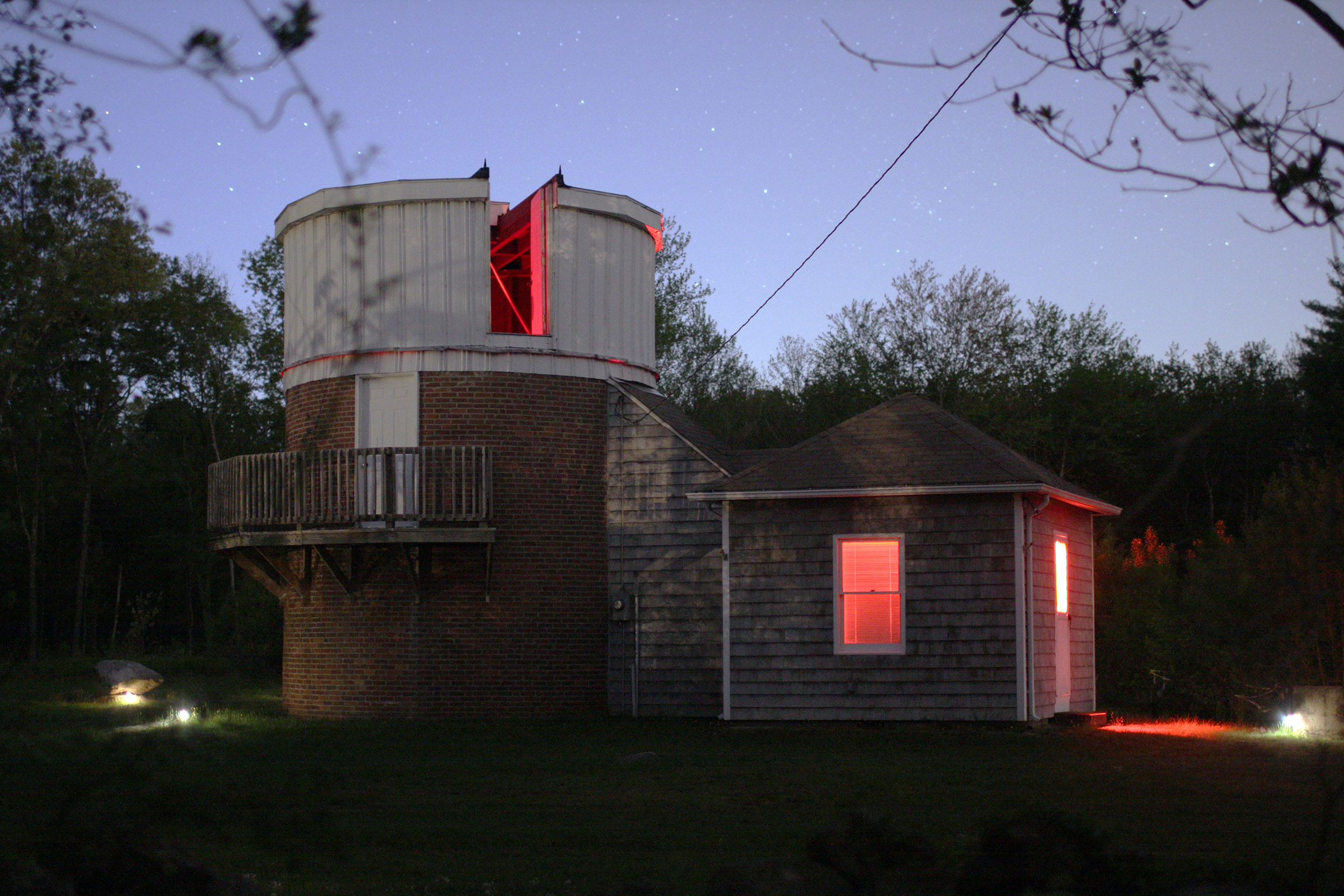
This article is dedicated to all past and present Skyscrapers members who have devoted their time and effort to preserve this lasting legacy and tribute to Frank Evans Seagrave. Future generations of stargazers will benefit from their hard work.
Explore in detail the rich history of Frank E. Seagrave, his 8-inch Alvan Clark refractor, his observatories and Skyscrapers, Inc. elsewhere on this website.
David Huestis
Historian
Skyscrapers, Inc.
1 Hager, Ernest R. (November 22, 1936). “New Quarters for Those Who Scan the Skies for Fun,” Providence Sunday Journal, Section 6, Page 2. Re-quoted from a news item in 1914.
2 Smiley, Charles, “Frank Evans Seagrave.” Popular Astronomy, November 1934, Vol. 42 No. 9, pp504-505.
3 Harvard University Archives, E.C. Pickering correspondence.
4 Ibid.
5 Frank Seagrave. “Short Eclipse Notes.” Popular Astronomy, April 1925, Vol. 33 No. 4, p. 279.
6 The details for this section are derived from the archives of Skyscrapers, Inc. (1932-present) and firsthand experience of the author from January 1975 to present.



